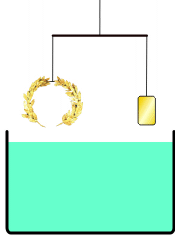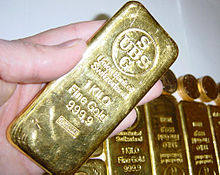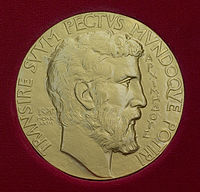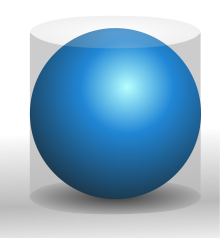At atomic level we have atoms and molecules. For example, we have been able since 1902, to commercially freeze air to the point where it turns into a liquid, in order to separate out the individual gases.
After 1902, Georges Claude's company, Air Liquide, was producing industrial quantities of neon as a byproduct of his air liquefaction business, and in December 1910 Claude demonstrated modern neon lighting based on a sealed tube of neon. In 1912, Claude's associate began selling neon discharge tubes as advertising signs.
When an object occuoies a space, it displaces something else. An object in a bath of water, (you), displaces some of the water, forcing the level to rise, or overflow. How much any given weight displaces depends upon its density.
A kilogram of gold weighs the same as a kilogram of silver or any other element, but pecause of the arrangement of the protons and the neutrons in the nucleus, it will occupy a different amount of space, making it bigger or smaller in comparison. A kilogram of a mixture of gold and silver will therefore displace more water because it is bigger than a kilogram of pure gold, even though, or because gold is heavier (more dense).

Archimedes of Syracuse (Greek: Ἀρχιμήδης; c. 287 BC – c. 212 BC) was a Greek mathematician, physicist, engineer, inventor, and astronomer. Although few details of his life are known, he is regarded as one of the leading scientists in classical antiquity. Among his advances in physics are the foundations of hydrostatics, statics and an explanation of the principle of the lever. He is credited with designing innovative machines, including siege engines and the screw pump that bears his name.

Archimedes may have used his principle of buoyancy to determine whether the golden crown was less dense than solid gold.
Archimedes is generally considered to be the greatest mathematician of antiquity and one of the greatest of all time.[2][3] He used the method of exhaustion to calculate the area under the arc of a parabola with the summation of an infinite series, and gave a remarkably accurate approximation of pi.[4] He also defined the spiral bearing his name, formulae for the volumes of surfaces of revolution and an ingenious system for expressing very large numbers.
Archimedes had proven that the sphere has two thirds of the volume and surface area of the cylinder (including the bases of the latter), and regarded this as the greatest of his mathematical achievements.

Under a gold standard, paper notes are convertible into pre-set, fixed quantities (.9999kg) of gold.
Gold certificates were used as paper currency in the United States from 1882 to 1933. These certificates were freely convertible into gold coins.(Don't be confused, gold has no absolute value, just its market value, or what someone has promised to pay for it.)

The most widely known anecdote about Archimedes tells of how he invented a method for determining the volume of an object with an irregular shape. According to Vitruvius, a votive crown for a temple had been made for King Hiero II, who had supplied the pure gold to be used, and Archimedes was asked to determine whether some silver had been substituted by the dishonest goldsmith.[14] Archimedes had to solve the problem without damaging the crown, so he could not melt it down into a regularly shaped body in order to calculate its density. While taking a bath, he noticed that the level of the water in the tub rose as he got in, and realized that this effect could be used to determine the volume of the crown. For practical purposes water is incompressible,[15] so the submerged crown would displace an amount of water equal to its own volume. By dividing the mass of the crown by the volume of water displaced, the density of the crown could be obtained. This density would be lower than that of gold if cheaper and less dense metals had been added. Archimedes then took to the streets naked, so excited by his discovery that he had forgotten to dress, crying "Eureka!" (Greek: "εὕρηκα!," meaning "I have found it!"). The test was conducted successfully, proving that silver had indeed been mixed in.[16]
The story of the golden crown does not appear in the known works of Archimedes. Moreover, the practicality of the method it describes has been called into question, due to the extreme accuracy with which one would have to measure the water displacement.[17] Archimedes may have instead sought a solution that applied the principle known in hydrostatics as Archimedes' Principle, which he describes in his treatise On Floating Bodies. This principle states that a body immersed in a fluid experiences a buoyant force equal to the weight of the fluid it displaces.[18] Using this principle, it would have been possible to compare the density of the golden crown to that of solid gold by balancing the crown on a scale with a gold reference sample, then immersing the apparatus in water. The difference in density between the two samples would cause the scale to tip accordingly. Galileo considered it "probable that this method is the same that Archimedes followed, since, besides being very accurate, it is based on demonstrations found by Archimedes himself."[19]
